It’s late October and today, for possibly the last time this year, I am writing this sat in the garden (albeit bundled up in a big cardigan). It’s Saturday, the sun is shining and the sky is blue, so I’m pretending like it’s summer.
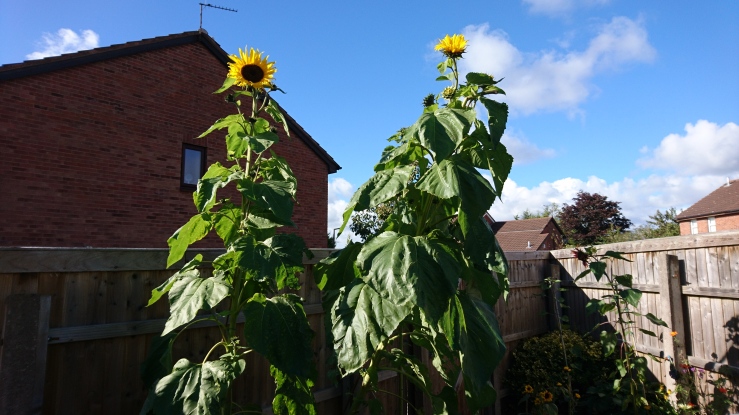
This year many of the seeds I planted germinated. I planted my sunflowers out anywhere around the garden where I found a space and from early August was rewarded with huge yellow, red and orange flowers all over the place. The sunflowers here this year were nothing short of magnificent. Some of them I thought would never flower – like a well known beanstalk, they just grew and grew and grew.
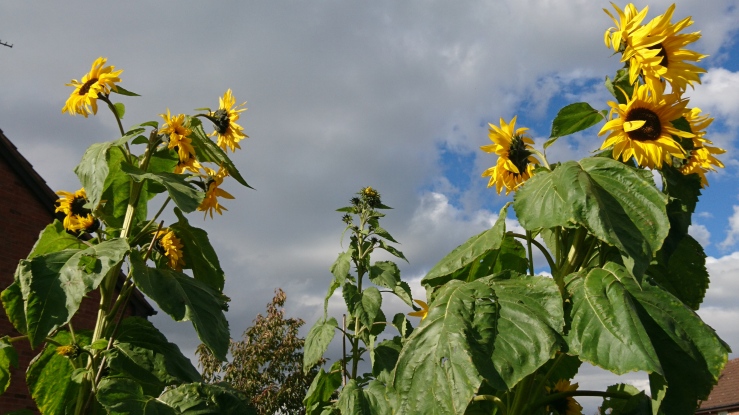
And although not quite the sight they were, there are still sunflowers in bloom today and a couple of sunflowers still to flower – whether these can survive the night time frosts which are surely on the way remains to be seen but right now they are giving it a good go.

With it being such a lovely day today, I have sunflower heads full of seeds drying out in the sun. My growing success this year means I should have a fair few seeds for growing next year. However, earlier this year I also applied to the Skipton Building Society Grassroots Giving scheme, for a £500 donation, with the aim of securing the future of the project for a further year.
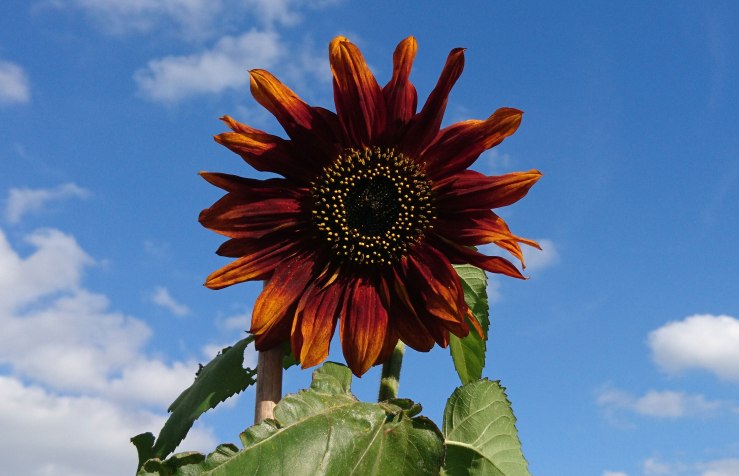
The project was successful in being shortlisted for the third time and it is lovely simply for the project to be recognised, however, winning a donation would be a huge help in funding the increasing cost of seeds and postage.
Winners of the donation are decided by public vote, so support from project sunflower growers and those affected by centronuclear and myotubular myopathy is vital. If you voted, thank you so very much. Winners will be announced on 5 November.

2018 was the eighth year of the project. This year more than 850 sunflower photos were received and sunflowers were grown in the UK, Europe and the USA. Sunflower growing season in this part of the world is now almost over, so all that remains is to say a huge thank you to everyone who helped raise awareness of centronuclear and myotubular myopathy by taking part in project again this year and sharing their beautiful photos.


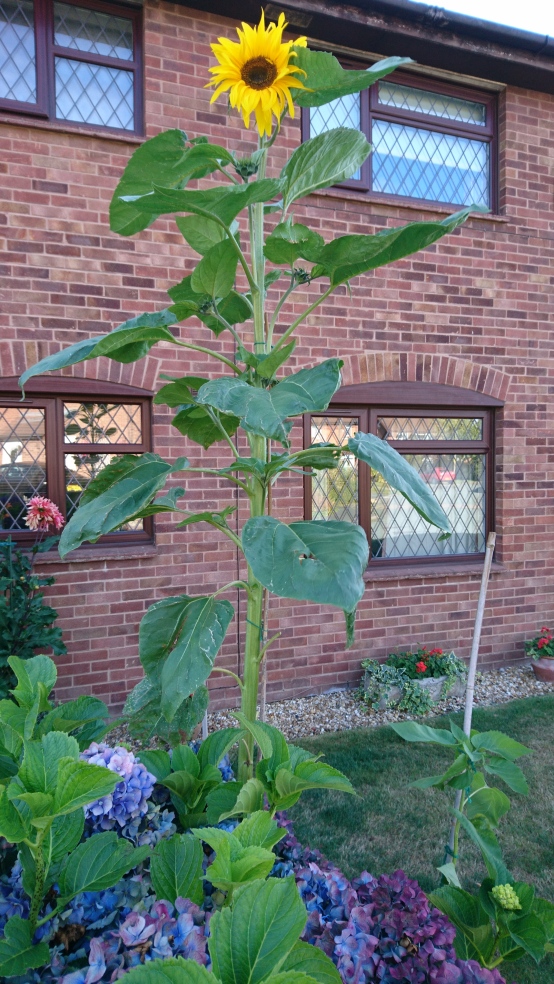

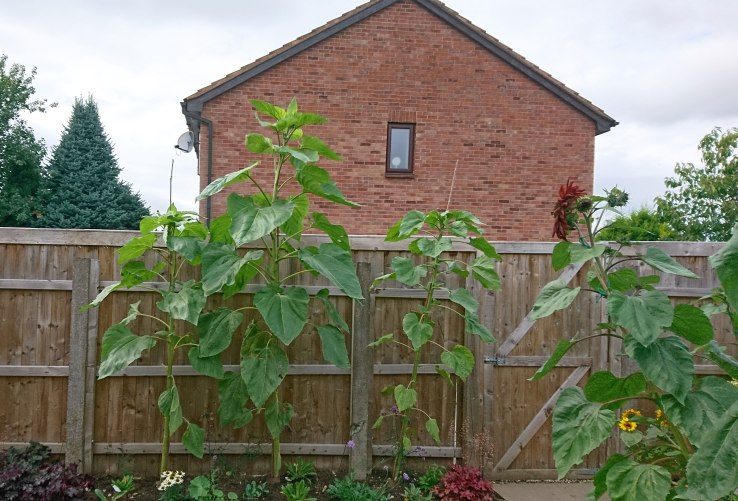




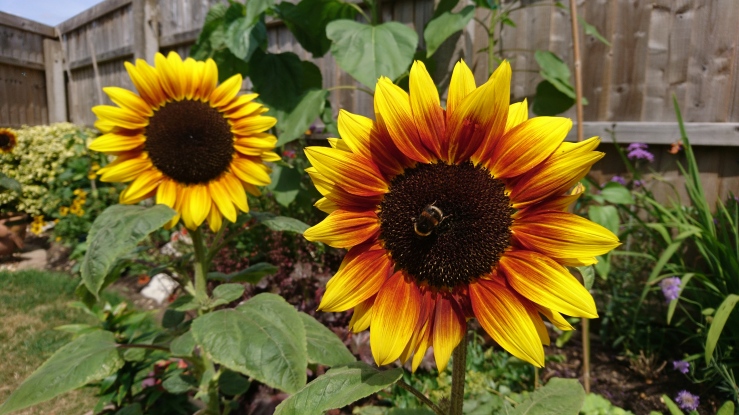
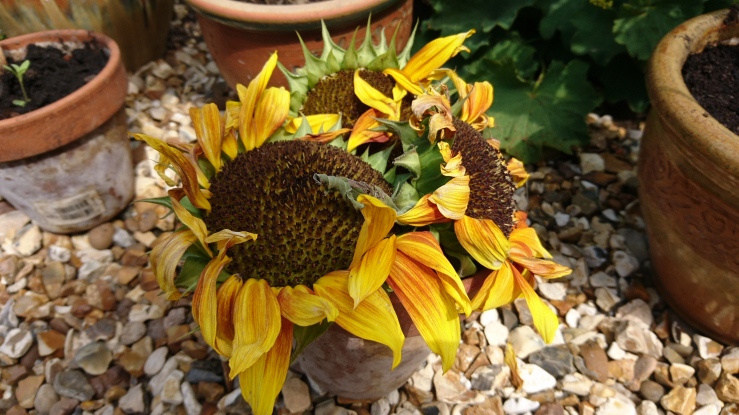

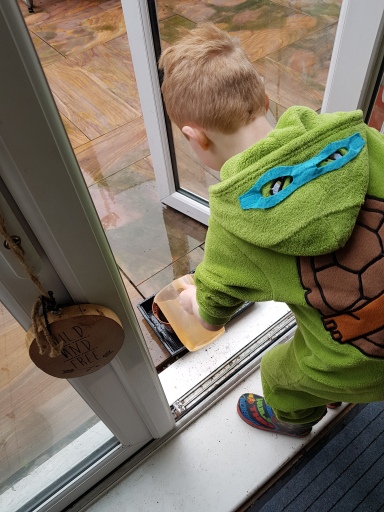
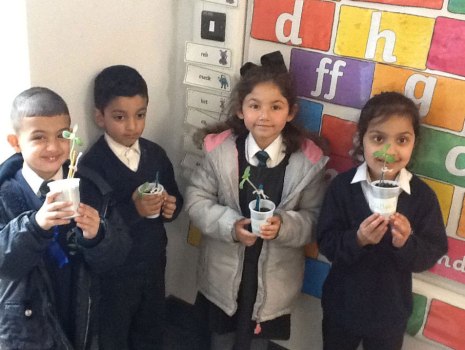








You must be logged in to post a comment.